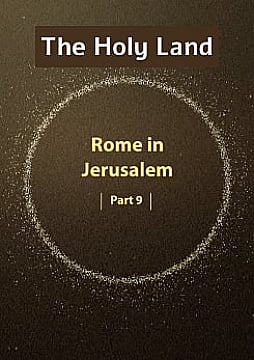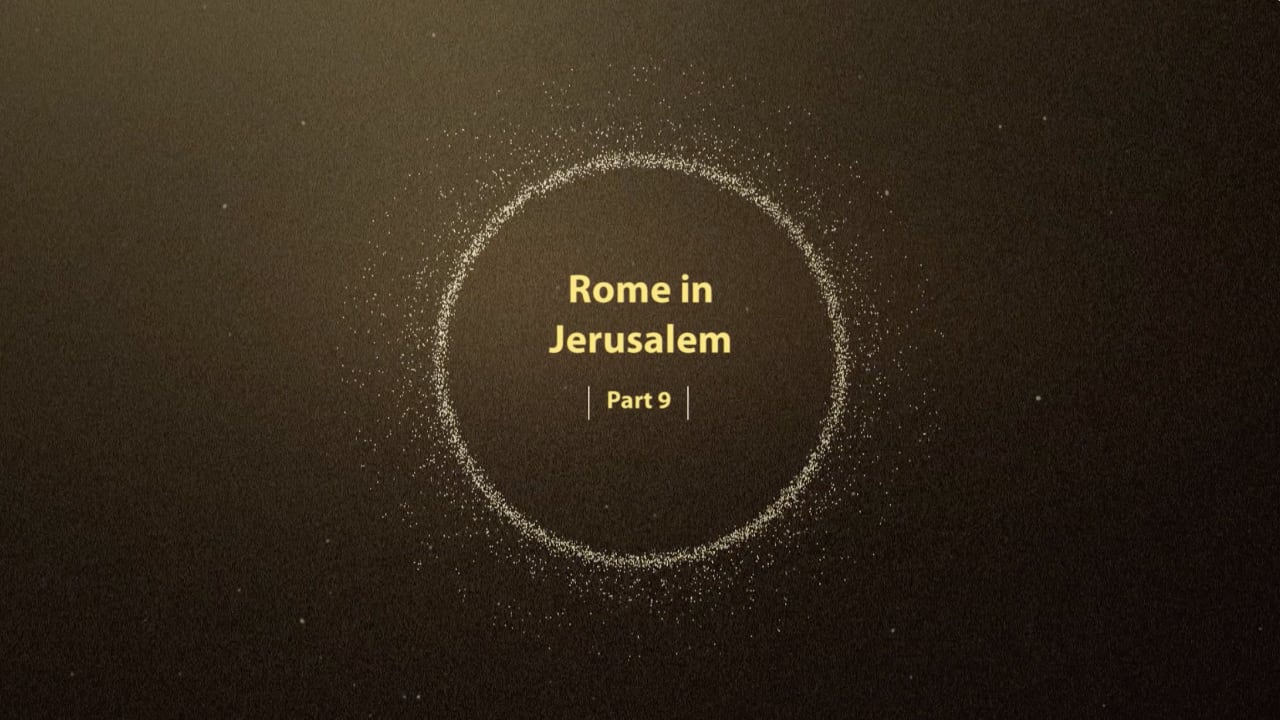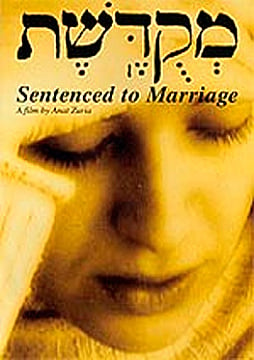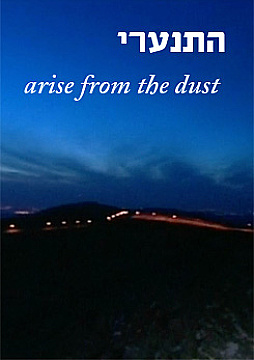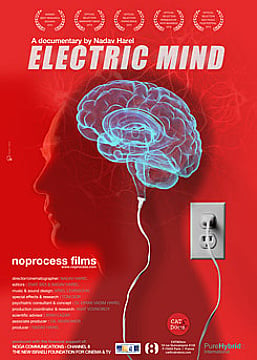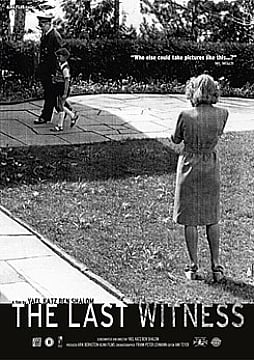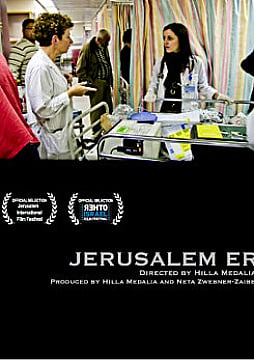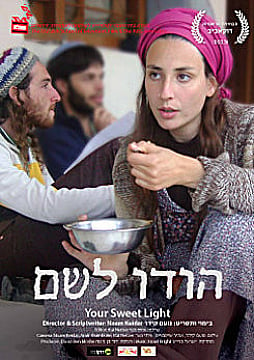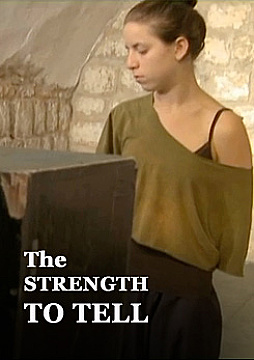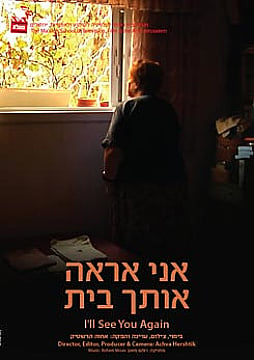The Holy Land / Rome in Jerusalem
An epic series about archaeology
The Land of Israel under the wings of the empire. From the 73 AD to 313 AD
In the winter of 73 AD, the tenth Roman legion marches to Masada. The goal: the elimination of the last rebels in the Land of Israel. Later, the first Israeli archaeologists in the State of Israel will uncover the bones of the rebels, and Masada will become a symbol of heroism.
The failure of the rebellion and the destruction of the Second Temple bring Judaism in the Land of Israel to an identity crisis that threatens to erase the Jewish people from history. The crisis gives birth to the essentials of today's Judaism: Rabbinic religion, which is based on Halacha, prayer and knowledge without the need for worship, sacrifices and one physical place for it, which is no longer a necessity.
In those years, the Roman Empire enters a long period of silence. The Jews are in a precarious economic situation. Their leadership is loose, but their faith is strong; The destruction of the year 70 is not enough and new national aspirations are already growing among the Jews which are generating a new rebellion among the Romans. It will be headed by a charismatic leader, and his name is Shimon Bar-Kochva. Its goal: renewed national independence, as in the days of the Temple. At first the rebellion was successful thanks to sophisticated guerrilla warfare. The Roman army suffers many losses, and only after three bloody years wins the war. Again, many victims and destroyed villages, cities and students' midrash houses.
Following the Bar Kochba rebellion, the Jewish leadership decides not to rebel anymore. A period of national passivity begins. The construction of the country is renewed without hindrance. The Romans pave a system of roads that connect all the cities of the province and build public buildings, markets and baths. Leisure culture is a central part of the lives of the Empire's residents, and it also has an impact on its Jewish residents in all walks of life. This places the Jewish leadership in front of a great contradiction: Roman paganism is not compatible with the Jewish religious prohibitions. But in practice it seeps into the Jewish tradition and religion.
At the beginning of the third century, the process of editing the Mishnah by Rabbi Yehuda HaNassi ends. A founding move of a 'little temple' that will replace the temple. The relationship of the Jewish leadership with the Roman government reaches a harmony that has never been known before.
Towards the end of the third century, the Roman Empire falls into a leadership crisis. Its citizens are looking for meaning and an answer to their spiritual needs, beyond 'bread and circuses'. They find in Christianity, a beaten and persecuted religion, an answer to their heart's desire. Emperor Constantine recognizes in the church a unifying force. He makes Christianity a permitted religion and paves the way for it to become the largest religion in the world.
The film was shot in Jerusalem, Tzipori, Beit Shaarim, Megiddo, Capernaum, Beit Shean, Mtzipor Givat Broshim, excavations of the remains of Bar Kochba Rebellion fighters' camps and the ruins of Atri in the Judaean Lowlands.
In the episode, rare archival films from Masada excavations and the refuge caves where the Bar Kochba fighters lost their lives.
We will also be exposed to many organic findings, such as fabrics, shoes and personal items that will allow us to touch the people who lived here, in the Land of Israel, about 2000 years ago.
Director And Screenwriter: Omer Yefman
Producer: Tuvi Arbel
Editor: Rivka Yogev
Cunetographer: Idan Glikzelig
Editor In Chief: Itay Landesberg
Research: Anna Gassner, Omer Yefman
Item already added
plan of is already listed in your Cart!
Press Continue to replace the old plan.
